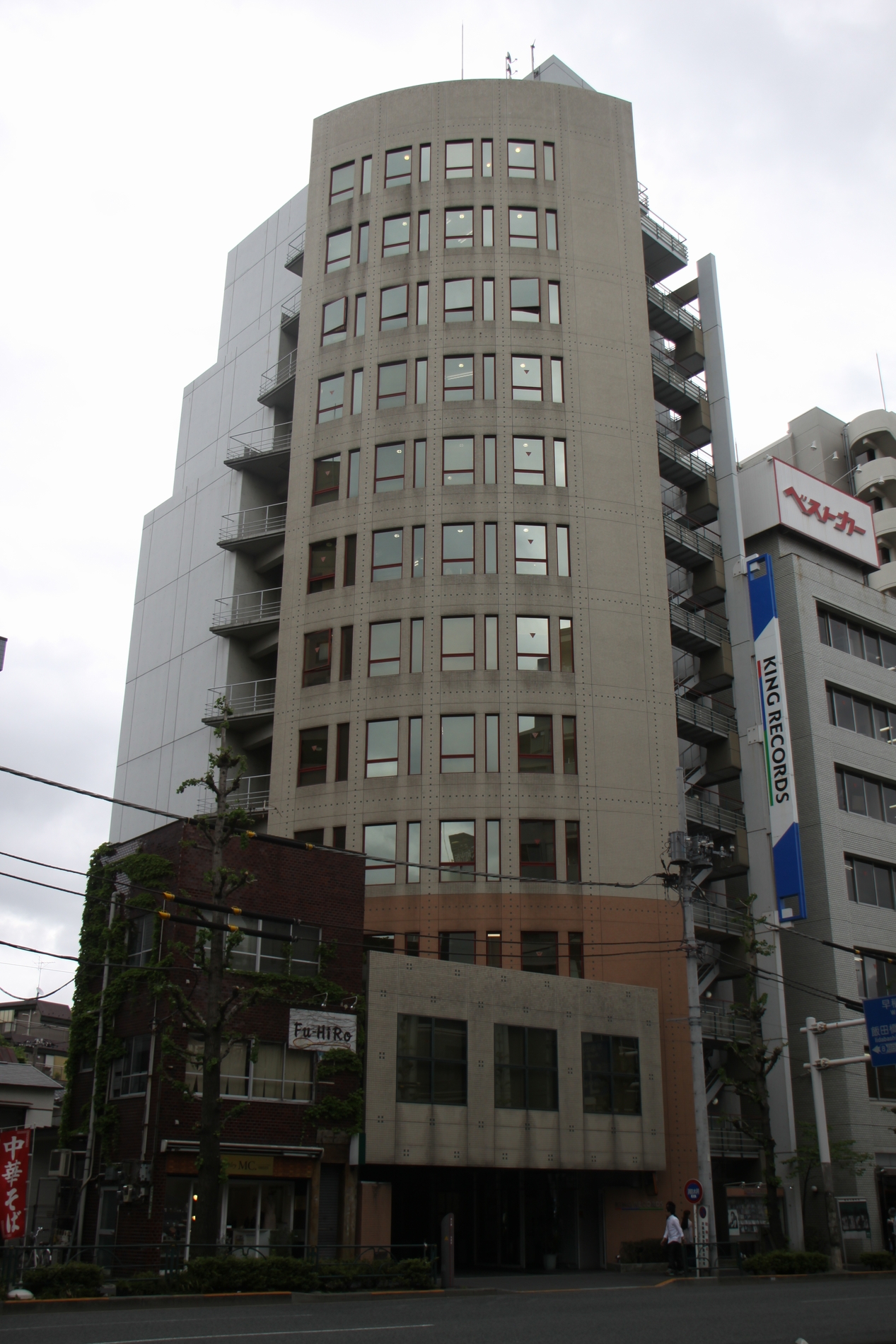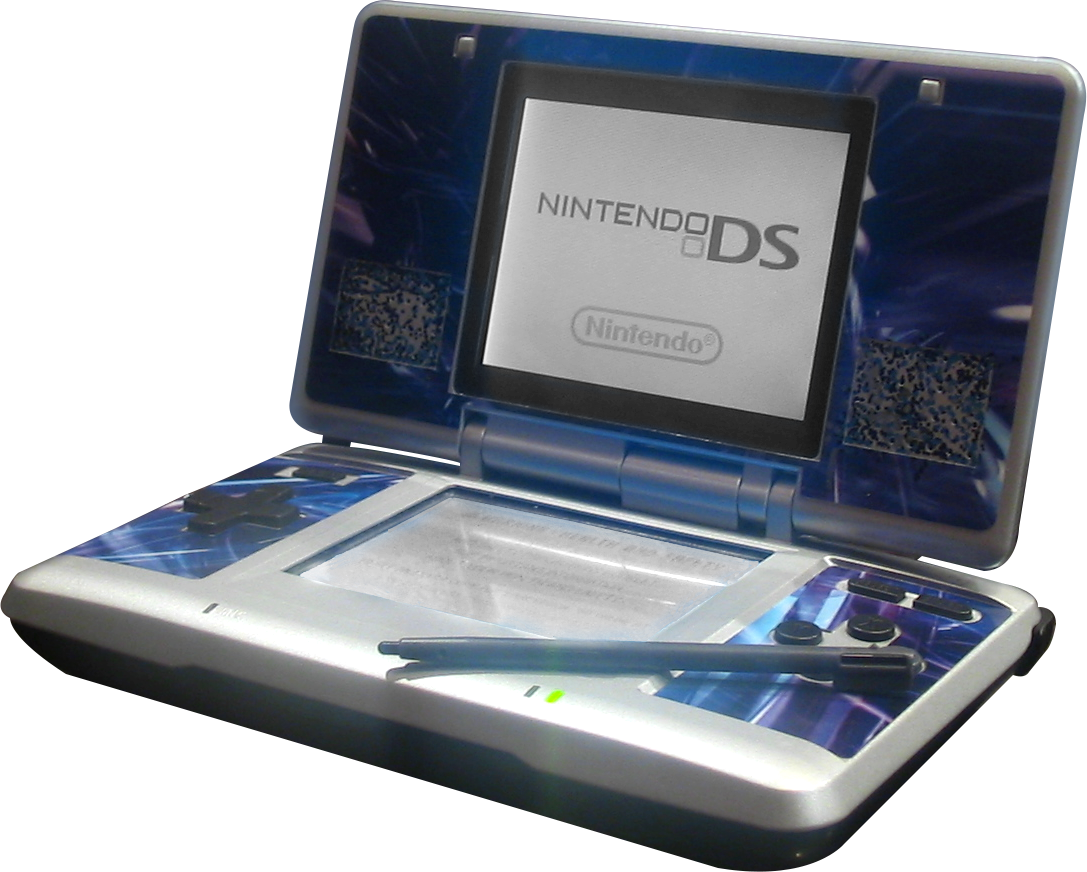|
Mari Makinami
or is a fictional character in the anime film tetralogy ''Rebuild of Evangelion'', based on the television series '' Neon Genesis Evangelion'' and introduced in the film '' Evangelion: 2.0 You Can (Not) Advance'' (2009). Mari is a pilot for the European branch of the special agency Nerv, founded to counter enemies of humankind known as the Angels. She first appears aboard the mecha Evangelion Unit 05, before fighting on Evangelion Unit 02 in place of Asuka Langley Shikinami. Brave and tenacious on the battlefield, Mari is friendly, lighthearted and humorous with her colleagues. She is originally voiced by Maaya Sakamoto; in the English-language version, she is voiced by Trina Nishimura and Deneen Melody. Basides the ''Rebuild of Evangelion'' films, Mari appears in an extra chapter of the ''Neon Genesis Evangelion'' manga, written and illustrated by Yoshiyuki Sadamoto, and in several video games. The character was created after a request by Toshimichi Ōtsuki, producer of t ... [...More Info...] [...Related Items...] OR: [Wikipedia] [Google] [Baidu] |
Rebuild Of Evangelion
''Rebuild of Evangelion'', known in Japan and on Amazon Prime Video as , is a Japanese animated film series and a retelling of the original ''Neon Genesis Evangelion'' anime television series, produced by Studio Khara. Hideaki Anno served as the writer and general manager of the project, with Kazuya Tsurumaki and Masayuki directing the films themselves. Yoshiyuki Sadamoto, Ikuto Yamashita and Shirō Sagisu returned to provide character designs, mechanical designs and music respectively. The film tetralogy uses digital ink and paint, some 3D CG animation, and provides new scenes, settings and characters, with a completely new conclusion in the fourth and final film. Another stated intention of the series is for it to be more accessible to non-fans than the original TV series and films were. Storyline ''Rebuild of Evangelion'' was originally presented as an alternate retelling of the original ''Neon Genesis Evangelion'' anime series: the first three movies were intended to b ... [...More Info...] [...Related Items...] OR: [Wikipedia] [Google] [Baidu] |
King Records (Japan)
, commonly known as King Records, is a Japanese record company founded in January 1931 as a division of the Japanese publisher Kodansha. It initially began operating as an independent entity in the 1950s. It later became part of the Otowa Group. Today, King Records is one of Japan's largest record companies which is not owned by a multinational entity. The label's headquarters are in Bunkyo, Tokyo. The label's name is actually based from the now-defunct ''Kingu'' magazine published by Kodansha from 1924 to 1957. Sub-labels Its Starchild label, was managed by animation producer Toshimichi Ōtsuki, specialised in anime music and film. King Records also distributes the Up-Front Works–owned and –operated labels Piccolo Town and Rice Music, and also released video games for the PC-88, Famicom, and MSX2 computers. On February 1, 2016, King Records restructured Starchild and renamed it King Amusement Creative. Paddle Wheel Records is a division of King Record Co. You! Be Cool i ... [...More Info...] [...Related Items...] OR: [Wikipedia] [Google] [Baidu] |
Rei Ayanami
is a fictional character from the anime ''Neon Genesis Evangelion'', created by Gainax. She is the First Child and pilot of a giant mecha named Evangelion Unit 00. At the beginning of the series, Rei is an enigmatic figure whose unusual behavior astonishes her peers. As the series progresses, she becomes more involved with the people around her, particularly her classmate and fellow Eva pilot, Shinji Ikari. Rei appears in the franchise's animated feature films and related media, video games, the original net animation '' Petit Eva: Evangelion@School'', the ''Rebuild of Evangelion'' films, and the manga adaptation by Yoshiyuki Sadamoto. Hideaki Anno, director of the animated series, conceived her as a representation of his unconscious. He was also influenced by his readings on psychology, in particular on Freudian psychoanalysis, taking inspiration from Freud's theories on the Oedipus complex. Other influences for its creation include earlier works by Gainax staff members, such ... [...More Info...] [...Related Items...] OR: [Wikipedia] [Google] [Baidu] |
Japanese Maritime Self-Defense Force
, abbreviated , also simply known as the Japanese Navy, is the maritime warfare branch of the Japan Self-Defense Forces, tasked with the naval defense of Japan. The JMSDF was formed following the dissolution of the Imperial Japanese Navy (IJN) after World War II. The JMSDF has a fleet of 154 ships, 346 aircraft and 50,800 personnel. History Origin Following Japan's defeat in World War II, the Imperial Japanese Navy was dissolved by the Potsdam Declaration acceptance. Ships were disarmed, and some of them, such as the battleship , were taken by the Allied Powers as reparation. The remaining ships were used for repatriation of the Japanese soldiers from abroad and also for minesweeping in the area around Japan, initially under the control of the ''Second Bureau of the Demobilization Ministry''. The minesweeping fleet was eventually transferred to the newly formed Maritime Safety Agency, which helped maintain the resources and expertise of the navy. Japan's 1947 Constitution w ... [...More Info...] [...Related Items...] OR: [Wikipedia] [Google] [Baidu] |
Ayanami-class Destroyer
The ''Ayanami'' class was a destroyer class built for the Japan Maritime Self-Defense Force (JMSDF) in the late 1950s. The primary purpose was anti-submarine warfare, so this class was classified as "DDK" (hunter-killer anti-submarine destroyer) unofficially. Design This class adopted a "long forecastle" design with inclined afterdeck called "Holland Slope", named after the scenic sloping street in Nagasaki City. Their steam turbine propulsion systems were similar to the ones of the , but they varied between each ship in the class as part of the JMSDF's attempt to find the best propulsion system for its future surface combatants. The ''Ayanami'' class were the first JMSDF vessels equipped with six 3-inch/50 caliber Mark 22 guns with Mark 33 dual mounts and Mark 32 lightweight torpedo A modern torpedo is an underwater ranged weapon launched above or below the water surface, self-propelled towards a target, and with an explosive warhead designed to detonate either on contact ... [...More Info...] [...Related Items...] OR: [Wikipedia] [Google] [Baidu] |
JDS Makinami
JDS ''Makinami'' (DD-112) was the seventh ship of ''Ayanami''-class destroyers. Construction and career ''Makinami'' was laid down at Hitachi Zosen Corporation Maizuru Shipyard on 20 March 1959 and launched on 25 April 1960. She's commissioned on 28 October 1960. She was transferred to the 11th Kure District Force. On 1 February 1961, the 11th Escort Corps was reorganized under the Self-Defense Fleet and under the 2nd Escort Group. On 1 February 1971, the 11th Escort Squadron was reorganized into the 4th Escort Squadron, which was newly formed under the escort fleet. On 16 December 1973, the 11th Escort Corps was reorganized under the 3rd Escort Corps group, and the home port was transferred to Sasebo is a core city located in Nagasaki Prefecture, Japan. It is also the second largest city in Nagasaki Prefecture, after its capital, Nagasaki. On 1 June 2019, the city had an estimated population of 247,739 and a population density of 581 persons p .... In the same year, the s ... [...More Info...] [...Related Items...] OR: [Wikipedia] [Google] [Baidu] |
Illustrious-class Aircraft Carrier
The ''Illustrious'' class was a class of aircraft carrier of the Royal Navy that included some of the most important British warships in the Second World War. They were laid down in the late 1930s as part of the rearmament of British forces in response to the emerging threats of Nazi Germany, Fascist Italy and Imperial Japan. The ''Illustrious'' class comprised four vessels: HM Ships ''Illustrious'', ''Formidable'', ''Victorious'' and ''Indomitable''. The last of these was built to a modified design with a second, half-length, hangar deck below the main hangar deck. Each of these ships played a prominent part in the battles of the Second World War. ''Victorious'' took part in the pursuit of the German battleship ''Bismarck'', ''Illustrious'' and ''Formidable'' played prominent parts in the battles in the Mediterranean during 1940 and 1941 and all three took part in the large actions of the British Pacific Fleet in 1945. The later two ships of the ''Implacable'' class ... [...More Info...] [...Related Items...] OR: [Wikipedia] [Google] [Baidu] |
British Royal Navy
The Royal Navy (RN) is the United Kingdom's naval warfare force. Although warships were used by English and Scottish kings from the early medieval period, the first major maritime engagements were fought in the Hundred Years' War against France. The modern Royal Navy traces its origins to the early 16th century; the oldest of the UK's armed services, it is consequently known as the Senior Service. From the middle decades of the 17th century, and through the 18th century, the Royal Navy vied with the Dutch Navy and later with the French Navy for maritime supremacy. From the mid 18th century, it was the world's most powerful navy until the Second World War. The Royal Navy played a key part in establishing and defending the British Empire, and four Imperial fortress colonies and a string of imperial bases and coaling stations secured the Royal Navy's ability to assert naval superiority globally. Owing to this historical prominence, it is common, even among non-Britons, to ref ... [...More Info...] [...Related Items...] OR: [Wikipedia] [Google] [Baidu] |
HMS Illustrious (87)
HMS ''Illustrious'' was the lead ship of her class of aircraft carriers built for the Royal Navy before World War II. Her first assignment after completion and working up was with the Mediterranean Fleet, in which her aircraft's most notable achievement was sinking one Italian battleship and badly damaging two others during the Battle of Taranto in late 1940. Two months later the carrier was crippled by German dive bombers and was repaired in the United States. After sustaining damage on the voyage home in late 1941 by a collision with her sister ship , ''Illustrious'' was sent to the Indian Ocean in early 1942 to support the invasion of Vichy French Madagascar (Operation Ironclad). After returning home in early 1943, the ship was given a lengthy refit and briefly assigned to the Home Fleet. She was transferred to Force H for the Battle of Salerno in mid-1943 and then rejoined the Eastern Fleet in the Indian Ocean at the beginning of 1944. Her aircraft attacked several targets ... [...More Info...] [...Related Items...] OR: [Wikipedia] [Google] [Baidu] |
Battleship
A battleship is a large armored warship with a main battery consisting of large caliber guns. It dominated naval warfare in the late 19th and early 20th centuries. The term ''battleship'' came into use in the late 1880s to describe a type of ironclad warship,Stoll, J. ''Steaming in the Dark?'', Journal of Conflict Resolution Vol. 36 No. 2, June 1992. now referred to by historians as pre-dreadnought battleships. In 1906, the commissioning of into the United Kingdom's Royal Navy heralded a revolution in the field of battleship design. Subsequent battleship designs, influenced by HMS ''Dreadnought'', were referred to as "dreadnoughts", though the term eventually became obsolete as dreadnoughts became the only type of battleship in common use. Battleships were a symbol of naval dominance and national might, and for decades the battleship was a major factor in both diplomacy and military strategy.Sondhaus, L. ''Naval Warfare 1815–1914'', . A global arms race in battleship cons ... [...More Info...] [...Related Items...] OR: [Wikipedia] [Google] [Baidu] |
Nintendo DS
The is a handheld game console produced by Nintendo, released globally across 2004 and 2005. The DS, an initialism for "Developers' System" or "Dual Screen", introduced distinctive new features to handheld games: two LCD screens working in tandem (the bottom one being a touchscreen), a built-in microphone and support for wireless network, wireless connectivity. Both screens are encompassed within a clamshell design similar to the Game Boy Advance SP. The Nintendo DS also features the ability for multiple DS consoles to directly interact with each other over Wi-Fi within a short range without the need to connect to an existing wireless network. Alternatively, they could interact online using the now-defunct Nintendo Wi-Fi Connection service. Its main competitor was Sony Interactive Entertainment, Sony's PlayStation Portable during the seventh generation of video game consoles. Prior to its release, the Nintendo DS was marketed as an experimental "third pillar" in Nintendo's cons ... [...More Info...] [...Related Items...] OR: [Wikipedia] [Google] [Baidu] |



_aerial_c1959.jpeg/1200px-HMS_Victorious_(R38)_aerial_c1959.jpeg)


